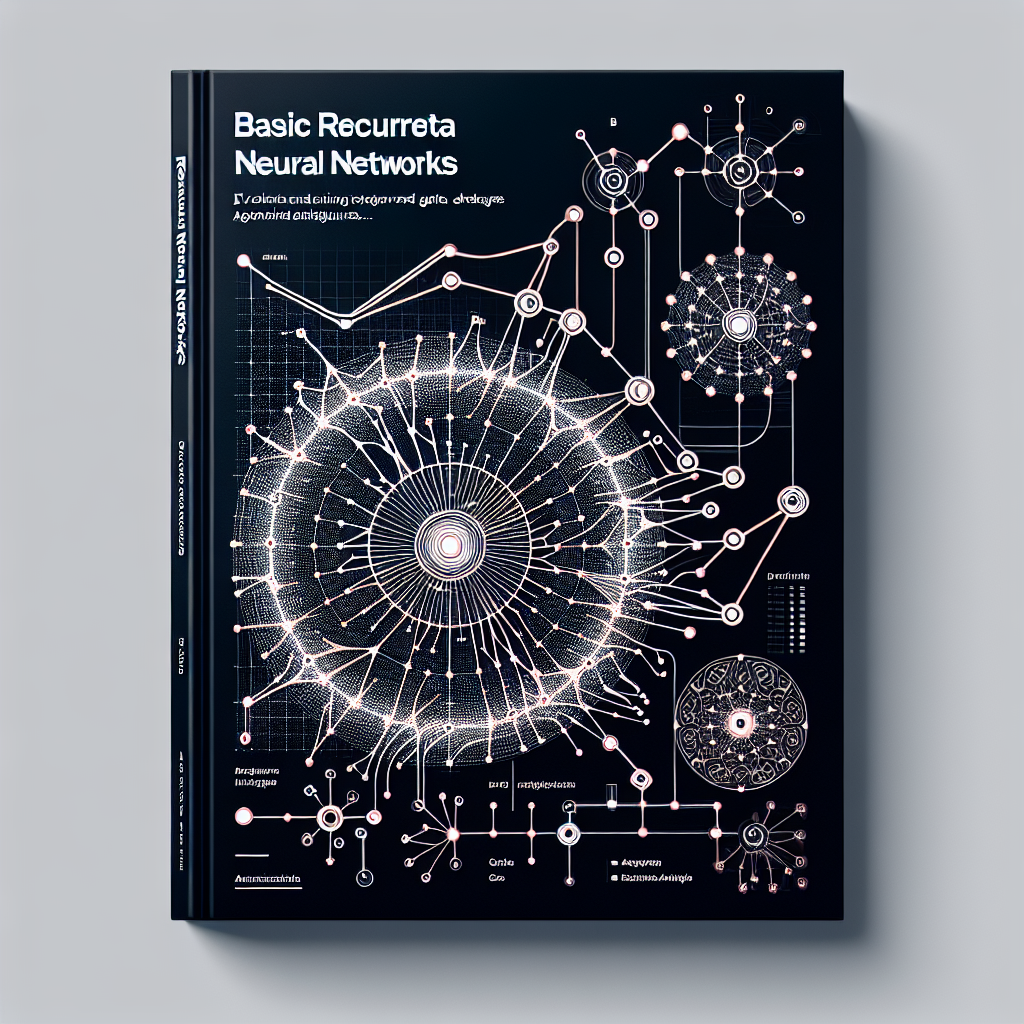Your cart is currently empty!
From Vanilla RNNs to Gated Architectures: Evolution of Recurrent Neural Networks

Recurrent Neural Networks (RNNs) have been a fundamental tool in the field of artificial intelligence and machine learning for quite some time. Initially, vanilla RNNs were the go-to model for tasks that required sequential data processing, such as natural language processing, speech recognition, and time series forecasting. However, as researchers delved deeper into the capabilities and limitations of vanilla RNNs, they began to explore more sophisticated architectures that could better handle long-range dependencies and mitigate the vanishing gradient problem.
One of the major drawbacks of vanilla RNNs is the vanishing gradient problem, where gradients become extremely small as they are propagated back through time. This results in the model being unable to effectively learn long-term dependencies in the data. To address this issue, researchers introduced Gated Recurrent Units (GRUs) and Long Short-Term Memory (LSTM) units, which are two types of gated architectures that have become immensely popular in the deep learning community.
GRUs and LSTMs are equipped with gating mechanisms that allow them to selectively retain or discard information at each time step, enabling them to better capture long-term dependencies in the data. The key difference between GRUs and LSTMs lies in their internal structure, with LSTMs having an additional cell state that helps in controlling the flow of information. Both architectures have proven to be highly effective in a wide range of tasks, including language modeling, machine translation, and image captioning.
Another important development in the evolution of RNNs is the introduction of bidirectional RNNs, which process the input sequence in both forward and backward directions. This allows the model to capture information from both past and future contexts, making it particularly useful in tasks that require a holistic understanding of the input sequence.
In recent years, researchers have also explored attention mechanisms in RNNs, which enable the model to focus on specific parts of the input sequence that are most relevant to the task at hand. This has led to significant improvements in the performance of RNNs in tasks such as machine translation, where the model needs to attend to different parts of the input sequence at different time steps.
Overall, the evolution of RNNs from vanilla models to gated architectures and attention mechanisms has significantly advanced the capabilities of these models in handling sequential data. As researchers continue to explore new architectures and optimization techniques, we can expect further advancements in the field of recurrent neural networks, leading to even more powerful and versatile models for a wide range of applications.
#Vanilla #RNNs #Gated #Architectures #Evolution #Recurrent #Neural #Networks,recurrent neural networks: from simple to gated architectures

Leave a Reply